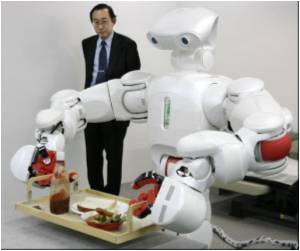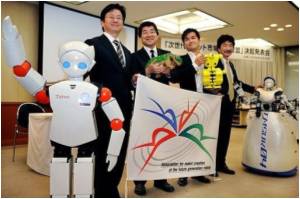Engineers demonstrated that the next generation robots using non-private networks can be easily disrupted or derailed by common forms of cyber attacks.

Incorporating security measures to foil those attacks will be critical to their safe adoption and use.
"We want to make the next generation of telerobots resilient to some of the threats we’ve detected without putting an operator or patient or any other person in the physical world in danger," said lead author Tamara Bonaci, a University of Washington doctoral candidate in electrical engineering.
The team mounted common types of cyber attacks as study participants used a tele-operated surgical robot to move rubber blocks between pegs on a pegboard.
During denial-of-service attacks, in which the attacking machine flooded the system with useless data, the robots became jerky and harder to use.
With a single packet of bad data, for instance, the team was able to maliciously trigger the robot’s emergency stop mechanism, rendering it useless.
Advertisement
Encrypting data packets that flow between the robot and human operator would help prevent certain types of cyber attacks.
Advertisement
Source-IANS









